Is your cat pawing at their mouth, avoiding food, or showing signs of discomfort? These could be red flags signaling gingivitis and stomatitis, two dental health conditions that are more common in our feline friends than you might think.
As responsible cat owners, we focus on high-quality food, regular vet check-ups, and the perfect toys. However, dental health often slips through the cracks, and the consequences can be severe.
From kittens to seniors, no cat is immune. In this comprehensive guide, you'll discover everything you need to know about these tricky-to-pronounce yet crucial issues affecting your cat's well-being.
What Is Feline Gingivitis?
Gingivitis simply means an inflammation of the gums (Ginga in Latin). Food debris and bacteria accumulate on the teeth and gums to become plaque.
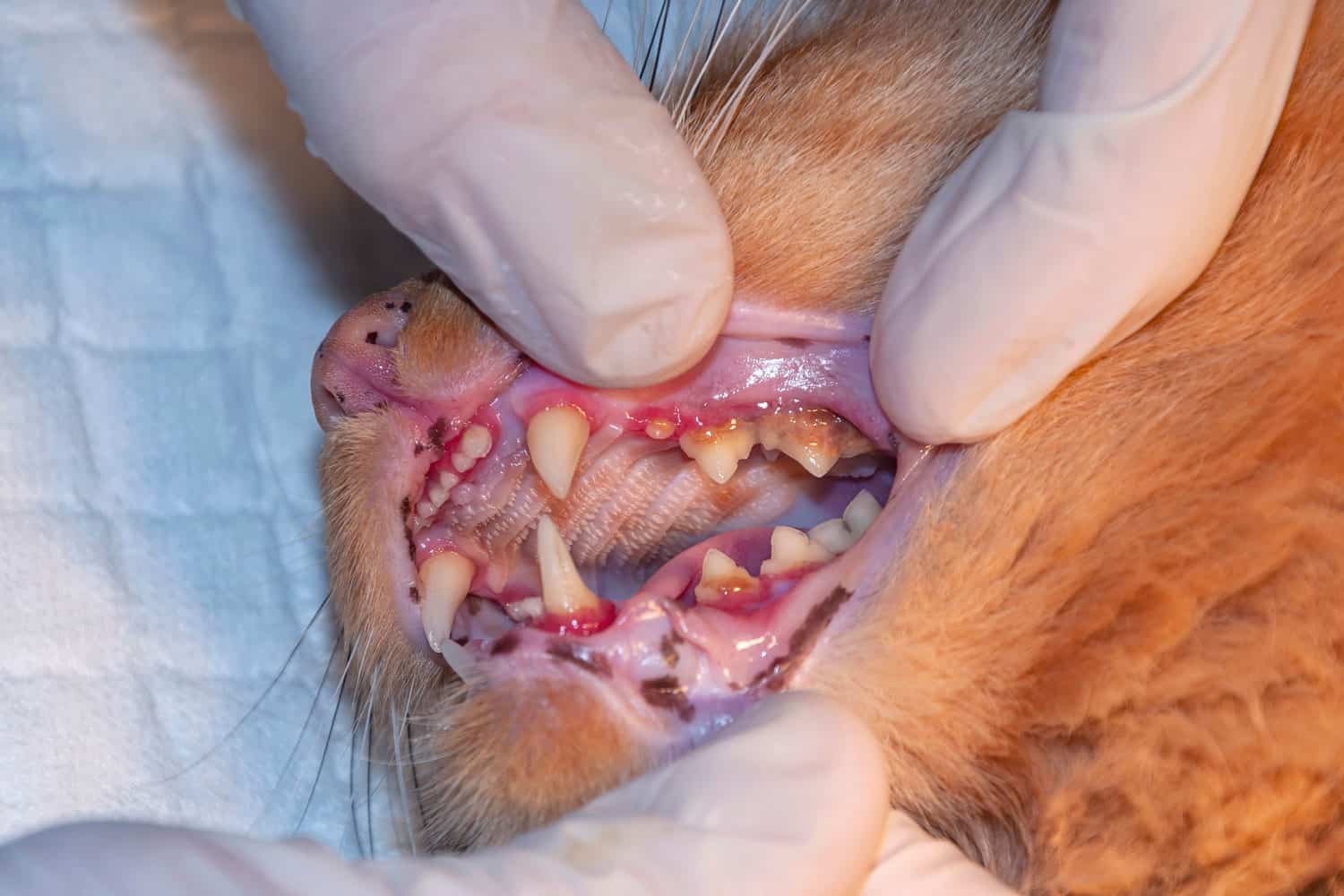
Left untreated, the layer of plaque hardens and turns into tartar (also called calculus). The layer of tartar is often visible in the form of yellow residue along the line where teeth meet gums.
The tartar can cause an inflammatory reaction in the gums and they become tender and reddish in color. Mild forms of gum disease are very common in cats.
They are not limited to senior cats. Young cats and even kittens are also susceptible to Gingivitis.
Plasmacytic-Lymphocytic Stomatitis (LPGS)
Plasmacytic-Lymphocytic Stomatitis (or LPGS) is a severe form of Gingivitis affecting the cat’s entire mouth tissues.
Stoma is Latin for "an opening," and in this context, it stands for the cat’s mouth.
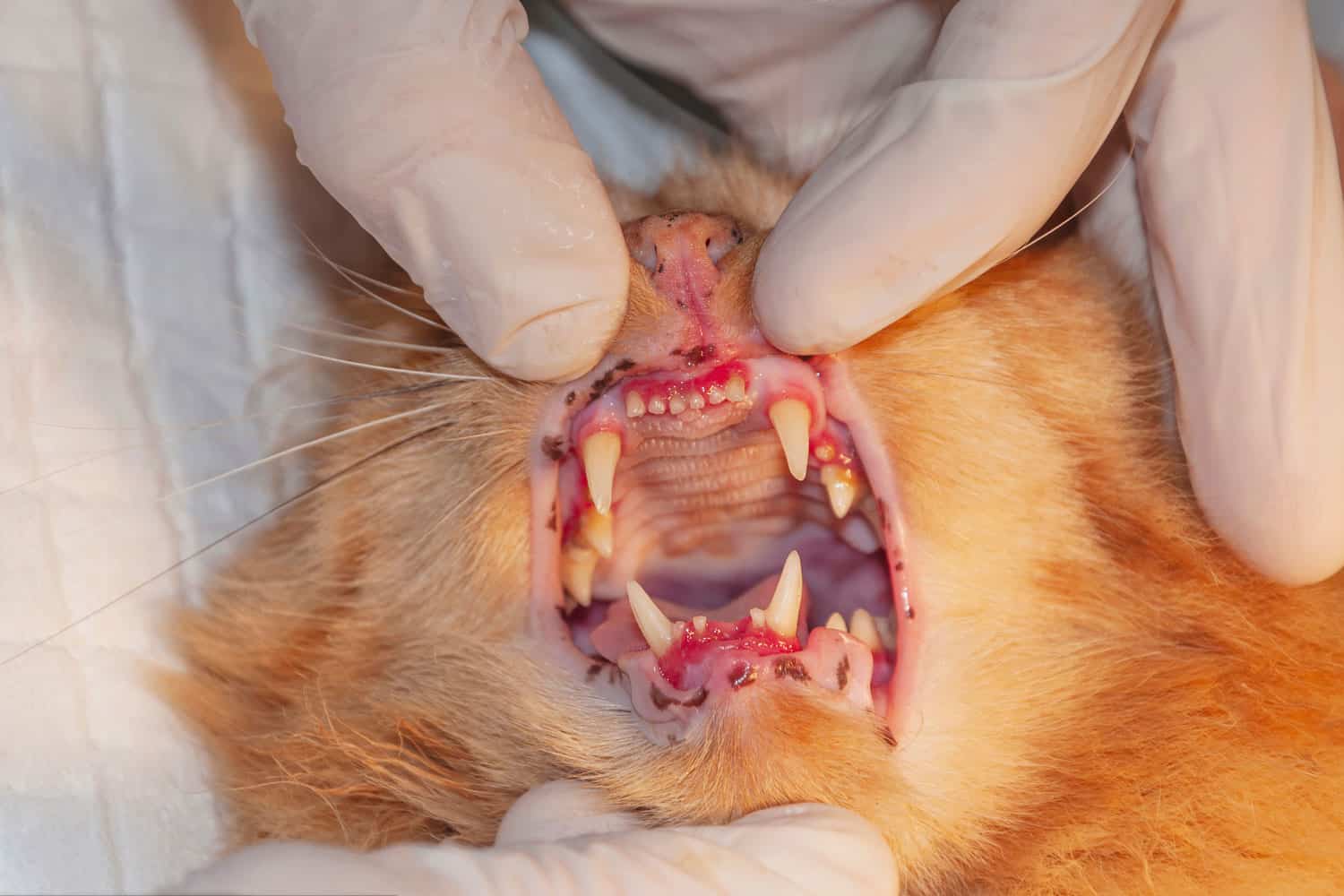
The words "Plasmacytic" and "Lymphocytic" refer to the white blood cells which the cat’s body secretes as part of the actual immune reaction in the gum tissues.
FGS is another term sometimes used to describe this syndrome, which stands for Feline Gingivitis Stomatitis.
LPGS is a condition unique to cats. It is a type of Gingivitis where the gums have an extreme reaction to the plaque on the teeth, resulting in severe inflammation of the gums and surrounding tissues.
Over the years, we have seen quite a few LPGS Kitties in the TCS community, with Gingivitis and LPGS often being the topic of threads in the cat health forum.
SIGN UP FOR THECATSITE'S EMAIL UPDATES >
What Causes LPGS?
Nobody knows for sure why some cats are affected by this syndrome while others are not. It seems that some cats just have a strong immune reaction to plaque while others do not.
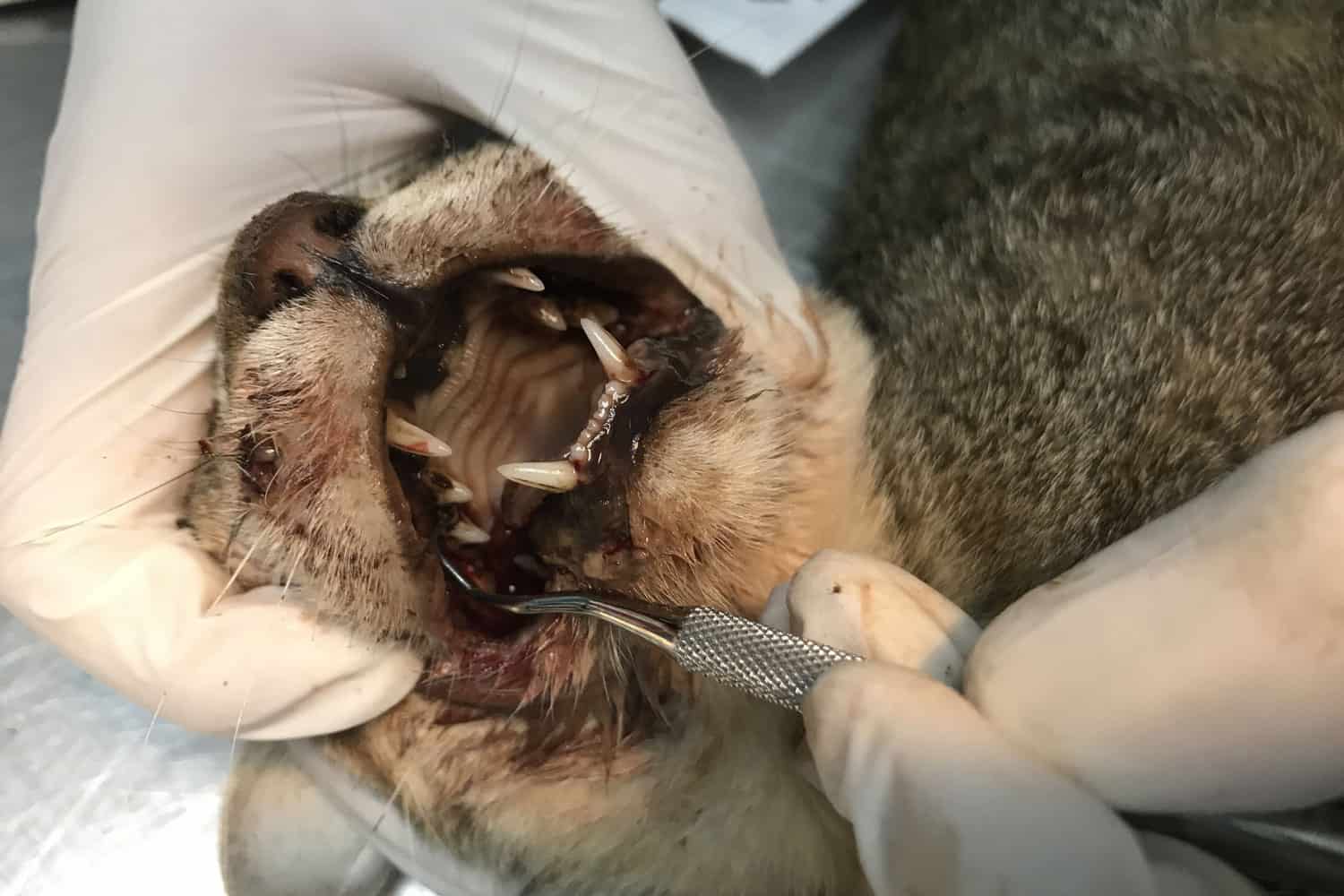
While many afflicted cats have other immune-related diseases such as FIV, FeLV, and Feline Diabetes, in some cases, it may just be a genetic predisposition.
Certain infectious agents are also under investigation as possible contributing factors to LPGS. Bartonella and feline calicivirus are two such suspects.
Feline Gingivitis/Stomatitis Symptoms
Advanced stages of Gingivitis and LPGS have similar symptoms:
- Inflamed, red, and swollen gums.
- Halitosis (bad breath).
- Gums may tend to bleed when touched.
Pain is obviously an issue, but cats can show their pain in various ways. Affected cats may avoid food or prefer canned food over kibble.
Some cats drool, or paw at their face, and others may stop grooming their coat, resulting in an unkempt appearance. Pain can certainly cause cats to become aggressive and generally agitated.
Many cats may not show the pain in any visible way and may chomp away merrily on their food, even with inflamed gums.
Such was the case with Mr. Poe, a 2-year-old neutered male belonging to TCS forum member Catapult.
Mr. Poe’s Gingivitis wasn’t diagnosed until it was time for his annual checkup, and the vet’s examination revealed red gums.
"Mind you, he'd been eating well. In fact, eagerly would better describe his appetite," says Catapult.
Diagnosing Gingivitis And Stomatitis In Cats
Your vet will look for layers of tartar on the cat’s teeth and inflamed gums and mouth tissues as well as other signs of dental and periodontal diseases.
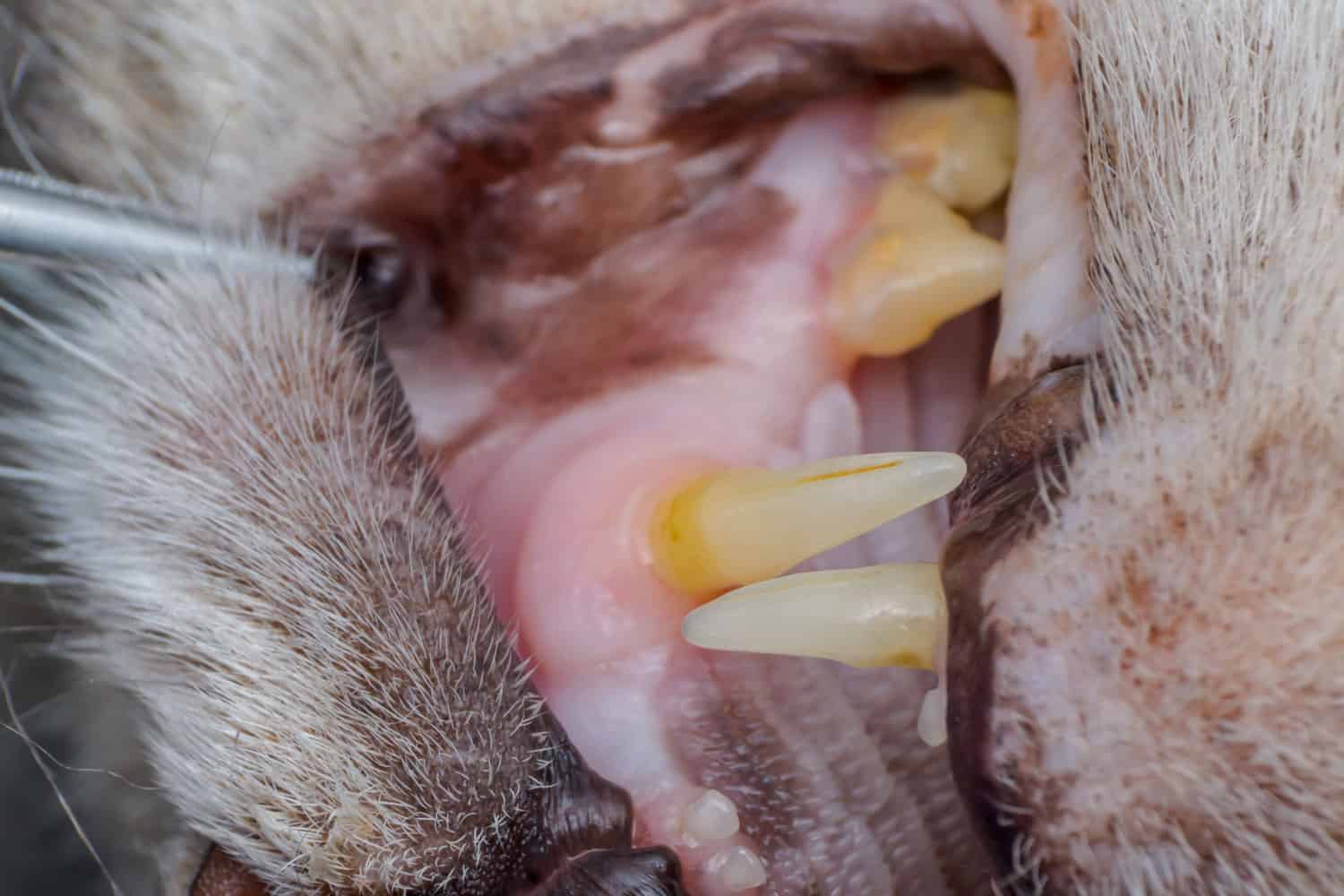
If your vet suspects LPGS, they will likely perform a biopsy and possibly take X-rays as well.
Your vet may suggest looking for underlying causes, such as Feline Diabetes or FIV, which may require additional blood tests.
Treatment Of Gingivitis And Stomatitis
Usually, the first step of treatment is to reduce the amount of tartar and plaque by performing complete dental scaling and polishing.
Ideally, you should follow this with a strict dental home care routine, including brushing the teeth daily or, at the very least, rinsing.
In reality, many owners cannot effectively clean their cat’s teeth, even more so when it comes to orally-sensitive LPGS cats.
In some cases, it is possible to temporarily control LPGS with medications, including antibiotics and steroids (anti-inflammatory drugs).
This is not a good long-term solution due to the side effects of steroids, but it does offer instant relief for the cat.
Lucy is an LPGS cat treated with steroids in the form of Depo-Medrol shots.
Her owner, TCS member txcatmom describes the first time Lucy had her shot: "...the results were dramatic. Four hours later, I saw her give herself the most amazing all-over bath."
In many cases of LPGS, the only long-term solution is to extract the teeth to prevent plaque accumulation in the mouth.
Some cats do well with a partial extraction, where the canine teeth and sometimes the small front teeth remain intact.
However, the only course of action in many cases is a full mouth extraction.
Surprisingly, cats do very well without any teeth at all. If you’re concerned with the effects of completely extracting a cat’s teeth, you should read this article: Can Cats Manage without Teeth.
The Effect Of Nutrition On Gingivitis And LPGS
While there are no published studies at this time pertaining to nutrition and LPGS, it is clear that feeding kibble does not prevent the accumulation of plaque/tartar.
It is worth mentioning that many of our community members report significant improvement in both Gingivitis and LPGS after switching to eating raw food.
Long-term forum member and raw-feeding advocate Carolina can testify to the effects of Raw Feeding on her Bugsy’s LPGS.
It was a fairly severe case of Stomatitis, as she describes: "blisters on the roof and the back of the mouth, going on the throat, and the gums were very inflamed."
Bugsy was treated with several medications and eventually switched to raw food.
Several months after discontinuing medication and following a strictly raw diet, Bugsy’s mouth is beautifully pink with just a trace of Gingivitis left.
If you wish to look into raw feeding, please educate yourself on the risks as well by reading this article: Feeding Raw to Cats - Safety Concerns.
Keep in mind that all leading veterinary organizations object to raw feeding. With that in mind, TheCatSite does not in any way or form advocate raw feeding.
Wrapping Up Feline Dental Health
Navigating the maze of gingivitis and stomatitis in cats can be overwhelming, but knowledge is the first step towards empowering yourself as a cat owner.
Now that you have armed yourself with vital information, you can better spot early signs and make informed decisions about treatment options.
Remember, your feline companion depends on you for their well-being; making dental health a priority can transform not just their mouth, but their overall quality of life.
Don't wait for symptoms to escalate—take proactive steps today for a happier, healthier cat tomorrow.
SIGN UP FOR THECATSITE'S EMAIL UPDATES >
Comments? Leave them using the form below. Questions about your cat? Post them in the cat forums.
Pin this image below on your social media platforms. Help other cat enthusiasts learn about this crucial topic, so they can better equip themselves to assist their cats facing similar challenges.
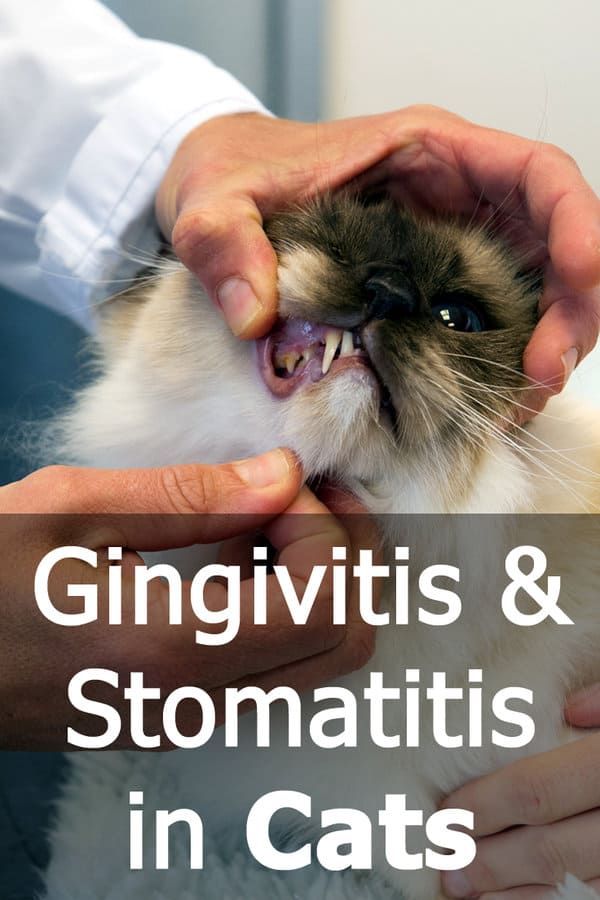
Read more on:
Does Dry Food Actually Clean Your Cat’s Teeth?
Note: We may get commissions for purchases made through links on this page.

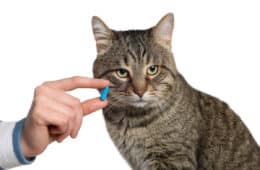
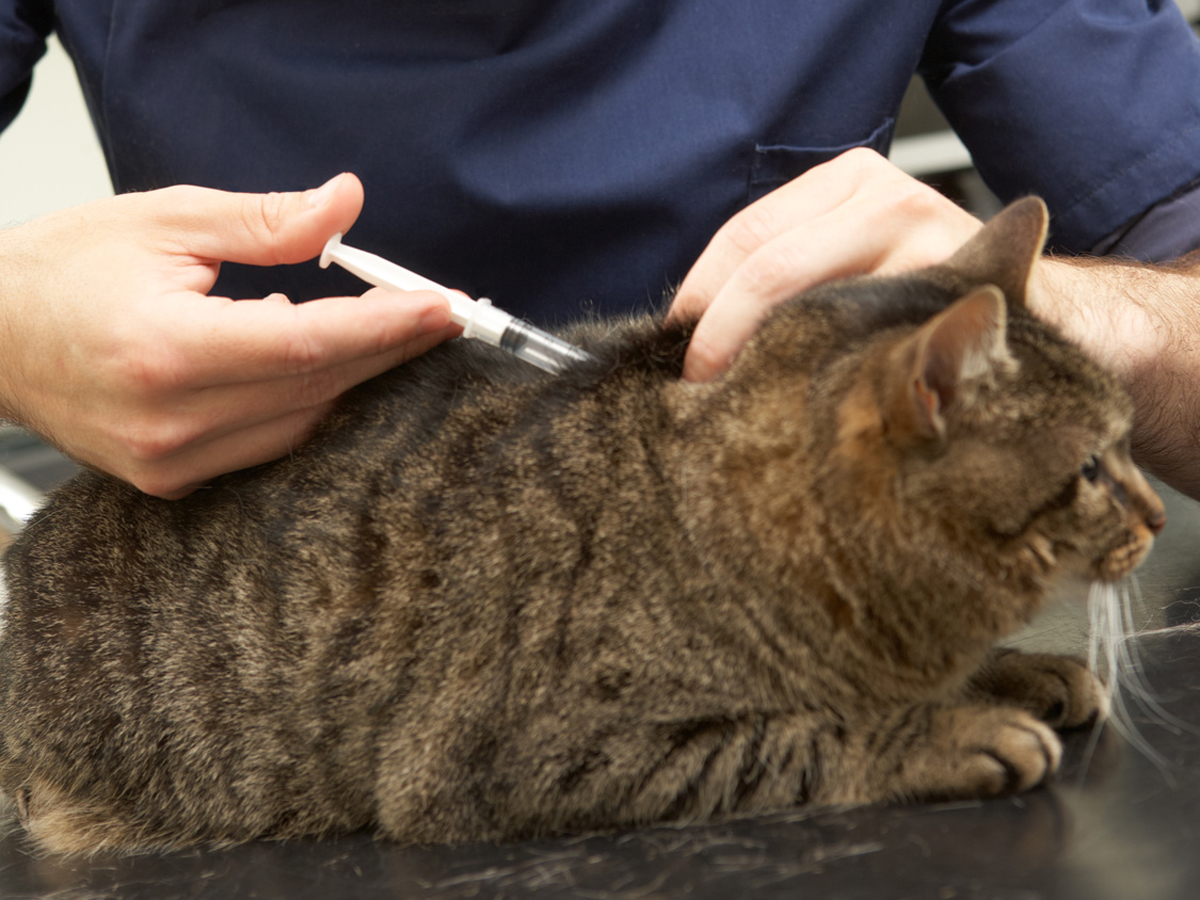
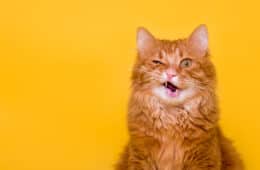
7 comments on “Gingivitis And Stomatitis In Cats [Complete Guide]”